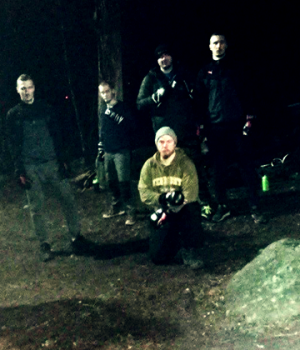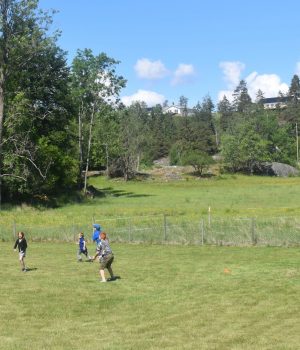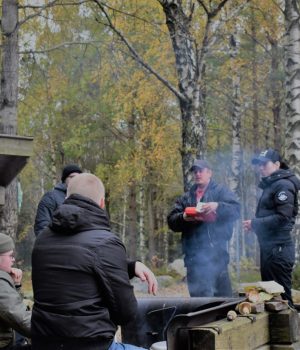LIFESTYLE. This article aims to serve as a short introduction to foraging, cultivating and preparing various fruits and vegetables that can be found or grown in the Nordics. It’s split into two categories: plants you can grow yourself that require some cultivation, and those you can pick for free from the countryside.
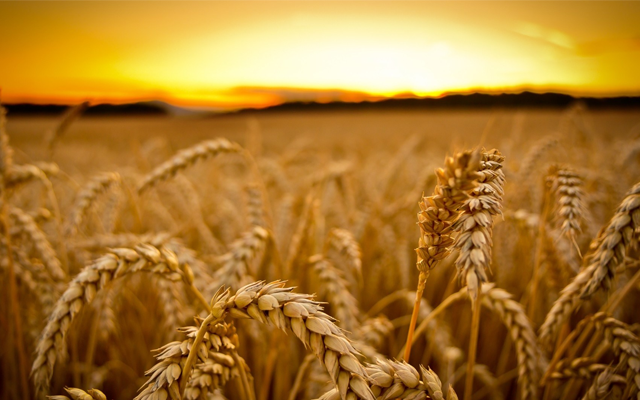 While autumn is traditionally the time of year for gathering provisions to use throughout the winter, some fruits and vegetables can also be harvested in the warmer months, even in the harsh climate of the Nordic nations. If you didn’t sow or plant anything earlier in the summer, all is not lost, however, as this is also the golden season for berries. Foraging and growing food is also a good social activity and gets you outdoors.
While autumn is traditionally the time of year for gathering provisions to use throughout the winter, some fruits and vegetables can also be harvested in the warmer months, even in the harsh climate of the Nordic nations. If you didn’t sow or plant anything earlier in the summer, all is not lost, however, as this is also the golden season for berries. Foraging and growing food is also a good social activity and gets you outdoors.
As this is just an introduction, I will restrict the foods covered here to the following criteria:
- They all have to be very nutritious.
- They must be easy to grow or harvest in most places in the country, whether you are in urban or rural areas.
- They must be cheap to grow or gather.
- They ought to require little previous knowledge.
- Their cultivation mustn’t be too time consuming or expensive.
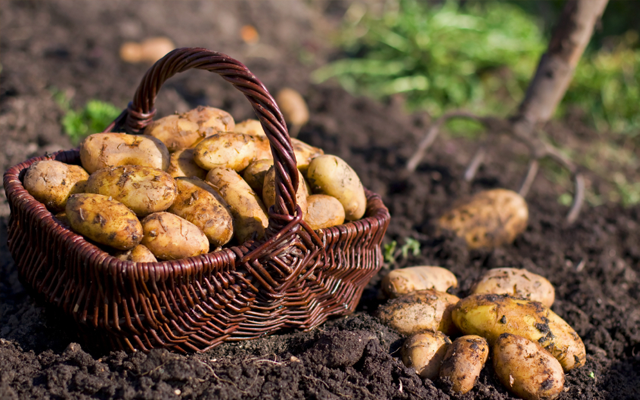
All of these plants are also easy to grow ecologically, but if you’re foraging them, remember that you should never harvest them from sprayed fields or roadsides.
Some of the best vegetables to grow at home are carrots, swedes, potatoes and beetroot, as they all need relatively little cultivation, maintenance or prior knowledge. They can be grown across all of the Nordics and are relatively high in nutrients. Under normal conditions they don’t require any kind of protective coverings to be grown outside. They yield large harvests and can be eaten raw, and they can be stored throughout the whole winter. Carrots and swedes are particularly simple to grow. All you need to do is follow the planting directions on the seed packet, weed the surrounding earth and water them in the summer.
Potatoes require a little more preparation. Before they are planted, they should be placed in the light and allowed to sprout. This process takes place in the spring and is known as “chitting”. If the potatoes have already sprouted, wait till the frosty weather ends and place them in the earth with the sprouts facing upwards. Later on in the summer they will need to be “earthed up”. This involves digging trenches between the rows of plants and covering the first few inches of growth with soil. This protects the plants from further frost. Just make sure you don’t press the soil down too much or it will hinder their growth. It’s also safe to leave potatoes and other vegetables in the earth through some of the frosty nights in autumn if you need to, but remember that they’re going to be harder to harvest once the ground has frozen.
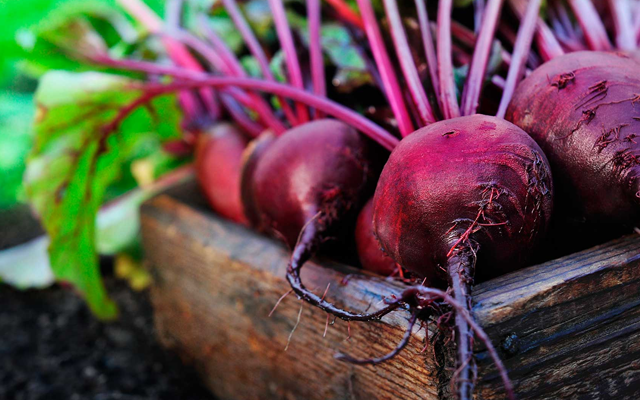 Carrots, swedes and potatoes have many well-known uses, such as serving as the main ingredients in a delicious vegetable soup. Beetroot can be just as versatile, however, and it’s also full of important vitamins and minerals. I mainly use it as the basis of the wonderful Eastern European dish borscht, but it’s also a great addition to a salad: just peel the raw bulb with a potato peeler, then grate it with a cheese grater.
Carrots, swedes and potatoes have many well-known uses, such as serving as the main ingredients in a delicious vegetable soup. Beetroot can be just as versatile, however, and it’s also full of important vitamins and minerals. I mainly use it as the basis of the wonderful Eastern European dish borscht, but it’s also a great addition to a salad: just peel the raw bulb with a potato peeler, then grate it with a cheese grater.
A salad might not be the first dish that comes to mind when discussing nutritionally rich foods, but some salad leaves, such as kale and spinach, definitely qualify. Kale is one of the healthiest vegetables and one of the easiest to grow. It’s so easy there really are no instructions needed, other than watering it frequently. You can sow the seeds indoors in spring before putting them outside, or you can plant them in the garden if the earth and temperature are both good and stable. Furthermore, they can be harvested throughout the summer, and the stalks and leaves will grow again as long as the conditions are still favourable. Spinach is similar but flowers and doesn’t grow as quickly. It also doesn’t benefit from being covered or from any other special conditions. In my experience it’s best if it’s just left to grow slowly.
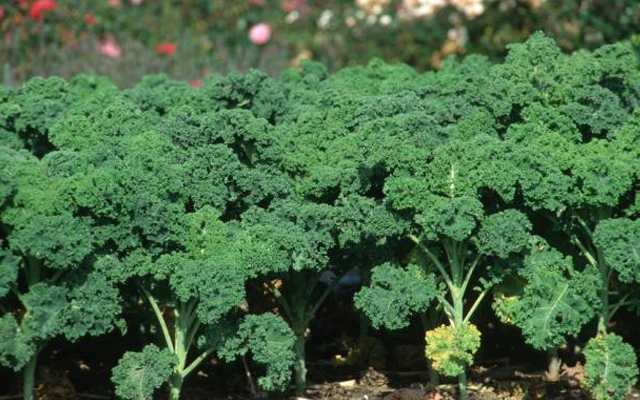 If you don’t fancy growing your own salad plants, you could always pick buttercup leaves instead. Buttercups are one of the most useful and readily available salad plants, and they can be used in the same way as any other type of salad leaf.
If you don’t fancy growing your own salad plants, you could always pick buttercup leaves instead. Buttercups are one of the most useful and readily available salad plants, and they can be used in the same way as any other type of salad leaf.
The last plant to discuss in this section is the nettle. While it can’t be used as a traditional salad leaf, it is still one of the most useful, freely available and nutritious plants you can pick. I start using them in spring, when I make nettle soup. I also dry them in my homemade drier for use in dough in pizza or bread, and I dry the whole plant as food for my hens in the winter. Nettles have many other uses as well, including serving as an excellent ecological fertiliser. To make the fertiliser, place the plants whole in a bucket of water, then leave them covered in the sun for about two weeks. Finally, dilute the liquid and pour it on your vegetables.
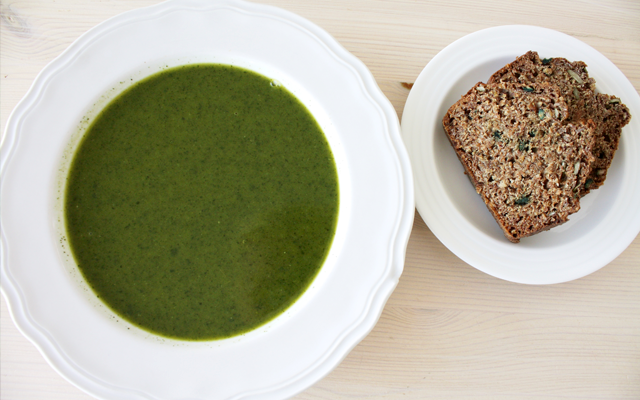 If you want nettle soup in the winter, you’ll have to blanch the leaves before freezing them. You can blanch kale and spinach, too, but it’s better just to cut them up and freeze them as they are. Bear in mind, however, that a lot of the nutrients can be lost during reheating.
If you want nettle soup in the winter, you’ll have to blanch the leaves before freezing them. You can blanch kale and spinach, too, but it’s better just to cut them up and freeze them as they are. Bear in mind, however, that a lot of the nutrients can be lost during reheating.
Next let’s talk about berries. Juice-making from berries is widespread in Norway, but it usually involves boiling, and all the good qualities of the berry get lost in this process, with only the taste remaining. Luckily, you don’t need to boil berries to get a great drink. Every autumn I make about 20 litres of juice from raw Crow berries. The procedure is as follows: collect the berries, clean them, crush them (I use a mallet and a bucket), then add twice their volume in water and leave them to stand in a cold, dark place overnight. Next day strain the juice into containers (I use milk cartons) and freeze them. In my experience the juice tastes better the less water you use, but obviously you get fewer litres that way. You can also add a little sugar for a sweeter variant. You can take the containers out whenever and drink the juice as it is. You can also add in other berries, such as blueberries.
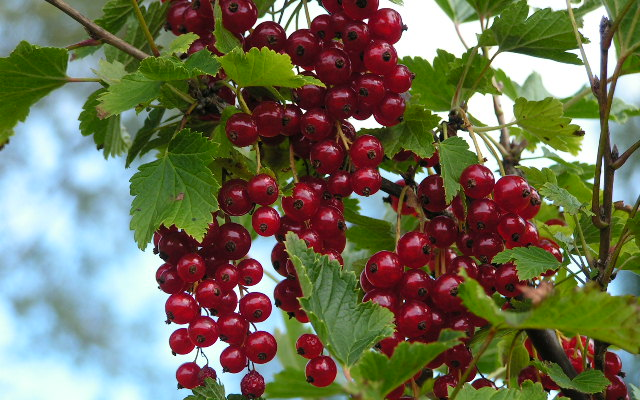 Lingon berries are another good option. Most people think of them as an accompaniment to meat dishes, or as an ingredient in the Norwegian dessert “trollkrem”, but they can also be used to make a simple juice drink. Crush the berries in a jug and add water at a ratio of 10 to 1, let it stand for 24 hours, and then drink it as it is. You can put it in the fridge for a chilled version, but I like to leave it standing on the kitchen unit for convenience.
Lingon berries are another good option. Most people think of them as an accompaniment to meat dishes, or as an ingredient in the Norwegian dessert “trollkrem”, but they can also be used to make a simple juice drink. Crush the berries in a jug and add water at a ratio of 10 to 1, let it stand for 24 hours, and then drink it as it is. You can put it in the fridge for a chilled version, but I like to leave it standing on the kitchen unit for convenience.
All of these berries can be frozen right from the forest. Crow berries and Lingon berries also tolerate frost well, meaning you’ll still have a good chance of gathering them in cold weather. Be aware, however, that you won’t always find them in the same places every year like you do with other species, such as cloud berries. Instead their presence is dependent on temperature, rainfall, and the length of the seasons from year to year. But even so, you shouldn’t have to travel far from their previous location to find new ones. Once you’ve had a good deal of berry-picking or forest-foraging experience, you’ll get to know where certain types of berries are likely to grow.
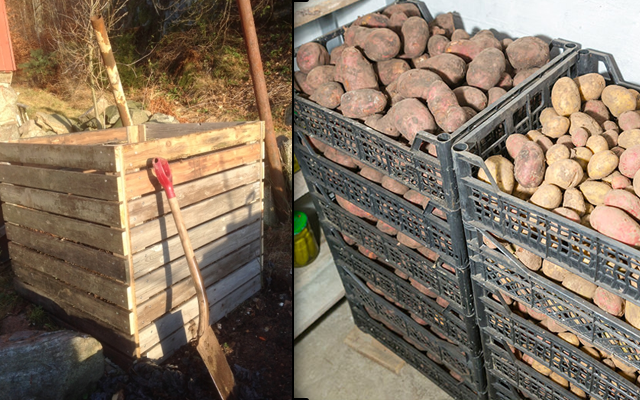
A final note about winter storage. It’s important to throw out any vegetables that appear rotten, watery or have patches that don’t look fresh prior to storing them. Potatoes can be kept in a crate or grain bin as they are. Swedes, carrots and beetroot should be laid in layers with moss (common green forest moss is the best, in my experience). I usually also water the top layer of the moss so the water filters through to the other layers. I do this a few times throughout the winter and find this means the vegetables last longer. It’s also important that your vegetable container is aerated. As an example, I’ve made bins about one metre tall, with a 60×60 rim, constructed with boards and planks. They have small gaps between the boards on both sides and the base so the air can get in. Don’t store them in containers made from treated materials, as these can contain harmful toxins.
There isn’t a set time as to how long you can store vegetables in this way. If they still look fresh and taste as they should, they’re good to use. I’ve eaten stored vegetables and potatoes up until new ones have been chitted or planted in the spring. Beetroot has a tendency to become a little watery after a few months, but that just means it’s perfect for use in borscht.

















